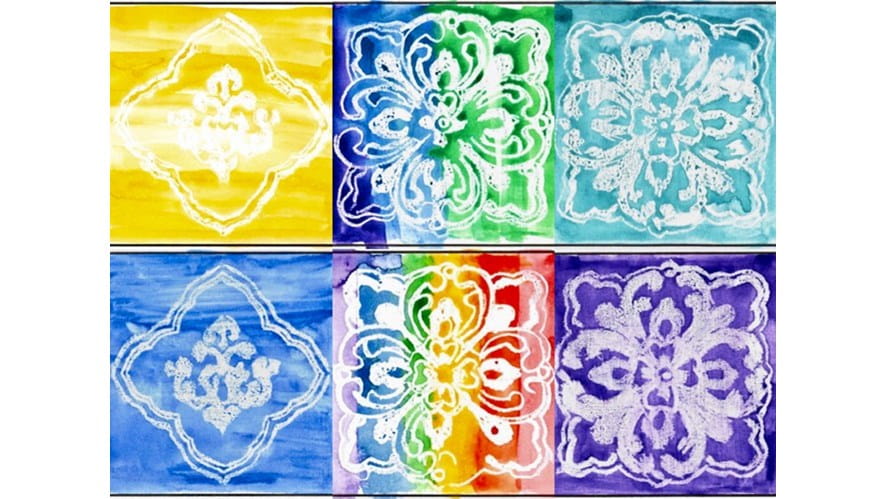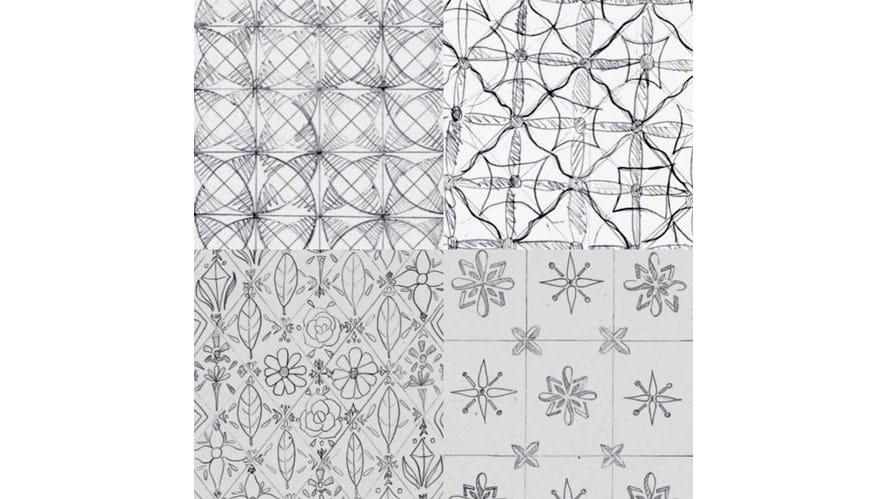We use cookies to improve your online experiences. To learn more and choose your cookies options, please refer to our cookie policy.


During this term, Year 6 artists were exploring traditional batik skills. The objectives of this project are to:
Firstly, students watched a video which spoke about brief history of batik and the process of how to create batik clothes. In our project, we simplified the process to prevent the students from being scalded by wax, using wax crayon instead of wax. Students tested the wax crayons on watercolour paper which were already patterned and they had to figure out how thick the crayon layer should be. This step also required them to draw neatly and accurately along the pattern lines.

They worked in a group to choose one of several batik styles (Sundanese batik, Chinese batik, Indian batik, African batik, Thailand batik, Malaysian batik) to do their research. They shared typical pictures and answered the questions below:
Remarkably, they all figured out that different cultures have huge effects on different batik styles.
For example, there are lots of elephants and temples in Thailand batik patterns, because it is a buddhist country and elephants mean a lot to the Thai people.
The next step was to design their own patterns. We’ve learned a simple way to design patterns from traditional batik: design a basic shape and then repeat it regularly. Many students combined math with art to create some mathematical patterns. Others who have a touch of romanticism drew something they like.
Finally, pupils did the batik on the stenciled paper. This was a good chance to apply their knowledge skills. They were proud of their designs which were inspired by traditional batik. The mystical batik world is becoming extremely interesting and more real.
My personal belief is that traditional batik brings wisdom, knowledge and skills to educational artists in the future.
Mrs Faye
Art Teacher